The difference between correspondence and distance education is that the students in distance learning courses are taught by instructors, much like in in-person classes while, correspondence education is self-paced.
Table of Contents
- What is Correspondence Education?
- What is Distance Education?
- Key Difference Between Correspondence and Distance Education
- Top Colleges for Correspondence Education
- Top Colleges for Distance Education
- Pros & Cons of Choosing the Correspondence Education
- Pros & Cons of Choosing the Distance Education
The difference between correspondence and distance education is that distance education is offered through TV or the Internet. In contrast, correspondence learning involves providing study materials to students through mail or other electronic means, allowing them to absorb the information at their own pace.
Correspondence education is also known as independent studies, extension studies, home study, and much more. At the same time, distance education is often referred to as web-based education, cyber education, e-learning, online education, etc. Keep reading the article to know more about the difference between correspondence and distance education.
What is Correspondence Education?
Correspondence education is defined as instruction where students are taught away from their instructors via mail or electronic transmission of course materials, including exams. When a campus-based option is not feasible, correspondence education should be used as a general rule.
This could occur when a specific set of students is unable to make it to the campus or when the college is unable to provide a course that meets their needs.
Also Read: Education System in India
What is Distance Education?
Distance education is usually availed by people who are either working or want to enhance their education level and skill while they are working. Distance education, also referred to as distance learning, is the teaching for students who may not always be in the classroom or who are geographically and temporally separated from their teachers.
A distance learning program may include entirely of online learning or include both traditional offline classroom instruction and online learning. The atmosphere of remote learning provides a stimulating setting for acquiring new knowledge, working together with people, and maintaining self-control.
Also Read: What is the Deemed University?
Key Difference Between Correspondence and Distance Education
The difference between correspondence and distance education is that correspondence education provides students with a variety of study materials at the start of the course. However, in the distance education the study materials are distributed once the course resumes.
Below mentioned are the key differences between correspondence and distance education.
| Parameters | Correspondence Education | Distance Education |
| Delivery Methods | Study materials for correspondence education are still distributed through antiquated means like the mail or emails, communication is one-sided, sluggish, and not focused on the needs of the students. | Using the newest technological advancements, live chat in virtual classrooms and audio and video recordings expedite the delivery of knowledge in distant education. As a result, communication is more rapid, reciprocal, and student-focused. |
| Interaction Factor | In correspondence education, there is very little interaction because the primary communication channels are mail or email. | distance education is significantly more participatory. New technologies, including live chats in virtual classrooms, allow for direct face-to-face connection between the instructor and the student. |
| Flexibility Factor | Correspondence education is self-paced, it offers greater flexibility. | In distance education, there are due dates for assignments, participation in discussion boards, and real-time live chat offering less flexibility. |
| Student Support | There is no student support available for correspondence courses. | There is a student help portal available for distance education courses. |
| Methodology | Correspondence education solely offers self-study as a study option. | Online classes are offered for distance education. |
Also Read: How to Choose the Right College for Higher Education?
Top Colleges for Correspondence Education
After knowing the major difference between correspondence and distance education, students must refer to the table below to know the best colleges for correspondence education.
| University | City | University Type | Tuition Fees (Approx) |
| Dr. B.R. Ambedkar Open University (BRAOU) | Hyderabad | State Open University | INR 4,000 |
| Netaji Subhas Open University | Kolkata | State Open University | INR 9,900 |
| Maharshi Dayanand University | Rohtak | Dual Mode University | INR 5,000 |
| Karnataka State Open University | Mysore | State Open University | INR 16,000 |
| Acharya Nagarjuna University | Guntur | Dual Mode University | INR 7,000 |
Also Read: What is Curriculum in Education?
Top Colleges for Distance Education
There are various colleges offering courses under online distance education to meet the student's learning requirements. Once students are aware of the difference between correspondence and distance education, they must check out the below mentioned list of the top colleges for distance education.
| University | City | University Type | Tuition Fees (Approx) |
|---|---|---|---|
| Indira Gandhi National Open University (IGNOU) | New Delhi | National Open University | INR 12,000 - INR 31,500 |
| Symbiosis Centre for Distance Learning | Pune | Autonomous University | INR 10,000 - INR 75,000 |
| Sikkim Manipal University (SMU) | Gangtok | Dual Mode University | INR 20,000 |
| IMT Distance and Open Learning Institute | Ghaziabad | Autonomous Institute | INR 56,000 - INR111,000 |
| Madhya Pradesh Bhoj (Open) University | Bhopal | State Open University | INR 9,000 |
Also Read: Difference Between Curriculum and Syllabus
Pros & Cons of Choosing the Correspondence Education
After knowing the difference between correspondence and distance education, choosing between them gets difficult. Candidates can review the pros and cons of choosing the correspondence education.
Pros
- Students can study on their own pace.
- People from all over the world can study.
- Compared with regular classroom teaching, correspondence education is cost-effective.
- Broader networking opportunities.
- Reduced social anxiety.
Cons
- Absence of communication with the course organizer.
- The lack of prompt response.
- Feeling overburdened by the coursework or the volume of required readings.
- Decreased inclination to learn.
- A sense of loneliness
Also Read: Know the Difference: Autonomous, Deemed, Private, State, Central Universities
Pros & Cons of Choosing the Distance Education
Once students are aware of the difference between correspondence and distance education, they must check the pros and cons of choosing the distance education given below. Of course, everything has pros and cons in this world. .
Pros
- There is no age limit.
- People with jobs can likewise take distance education to upgrade their vocation possibilities.
- You are liberated from the study burden and pressure of going to full-time classes.
- Adaptable training framework.
- Study from any place and whenever.
- Seek after a job along with studies.
Cons
- Absence of class learning.
- No social cooperation with classmates.
- No presentation to standard campus.
- It doesn't give you direct contact with your educator.
- It doesn't offer prompt feedback.
Also Read: What is the Difference Between College and University?

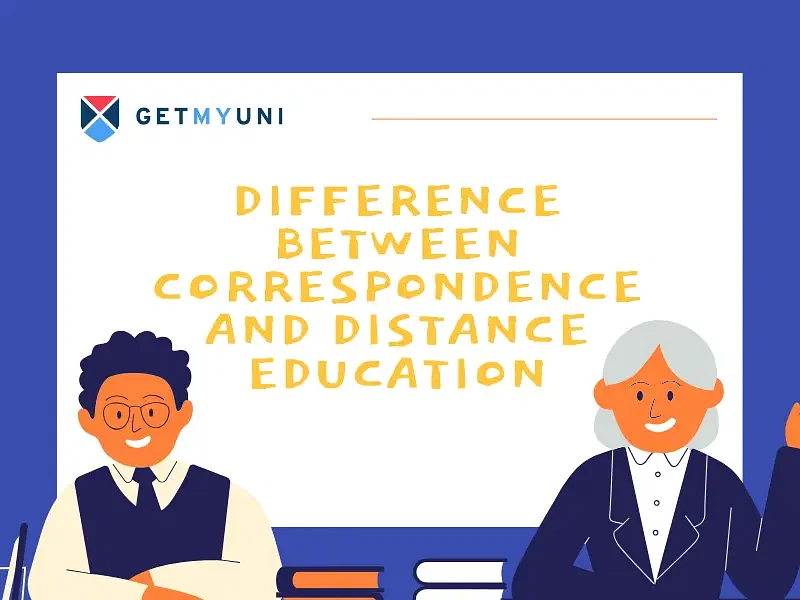




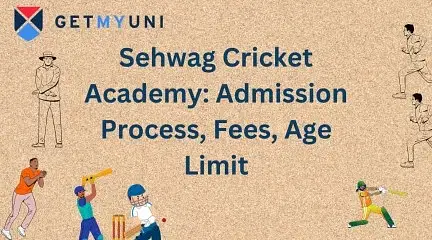

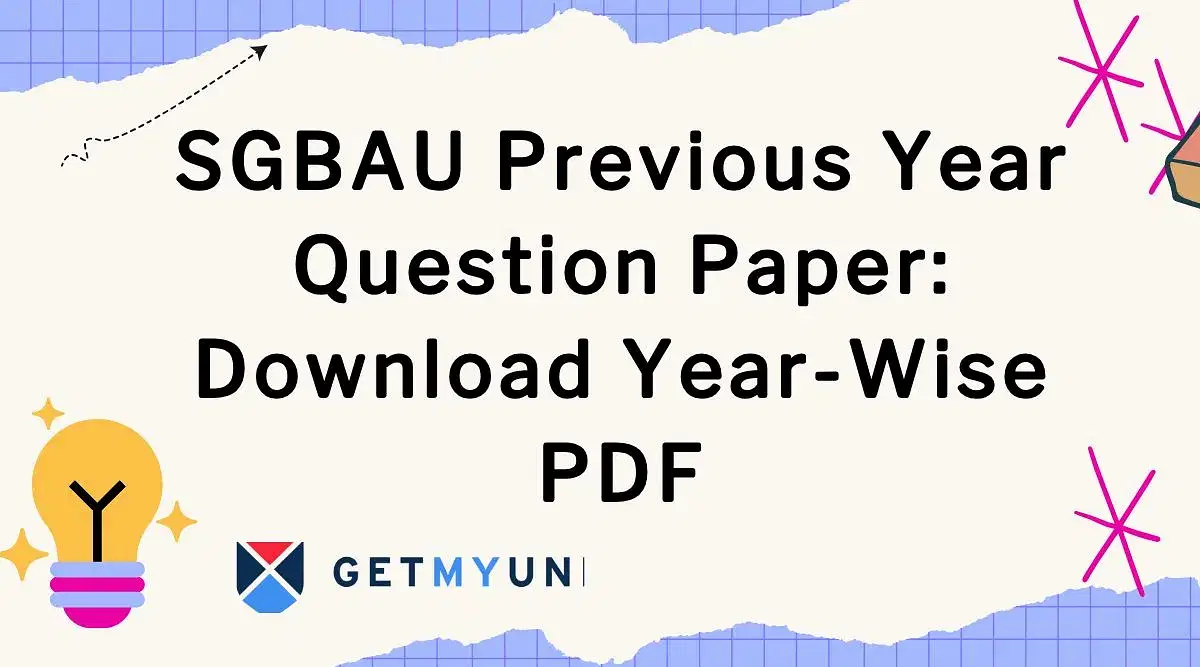



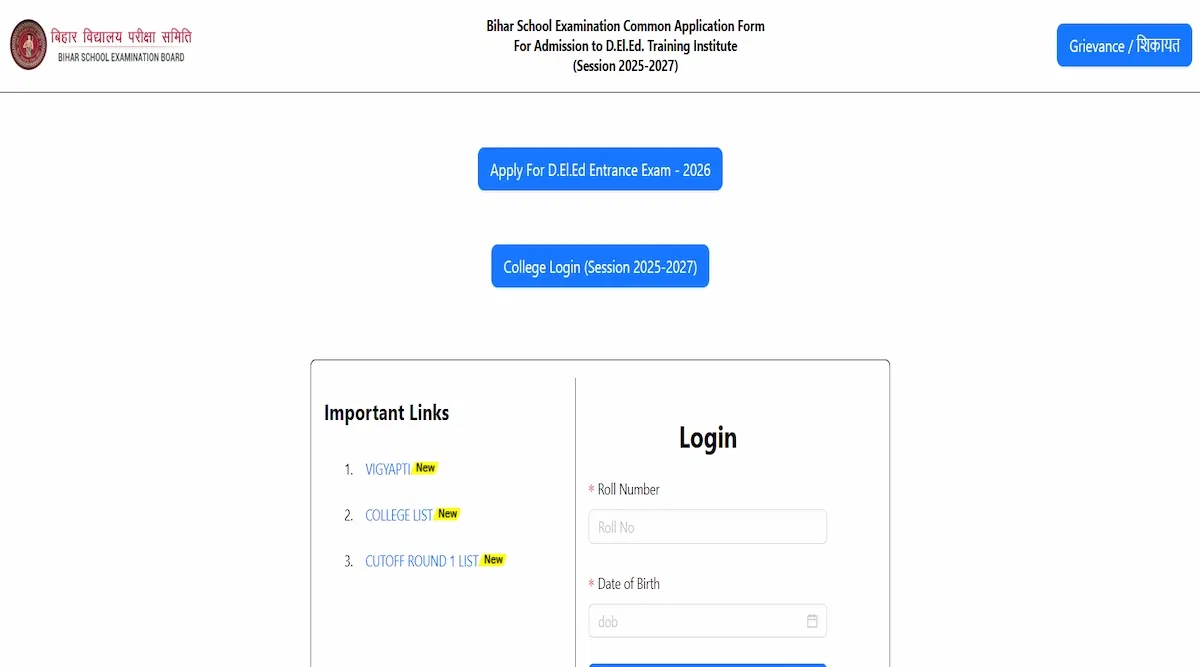



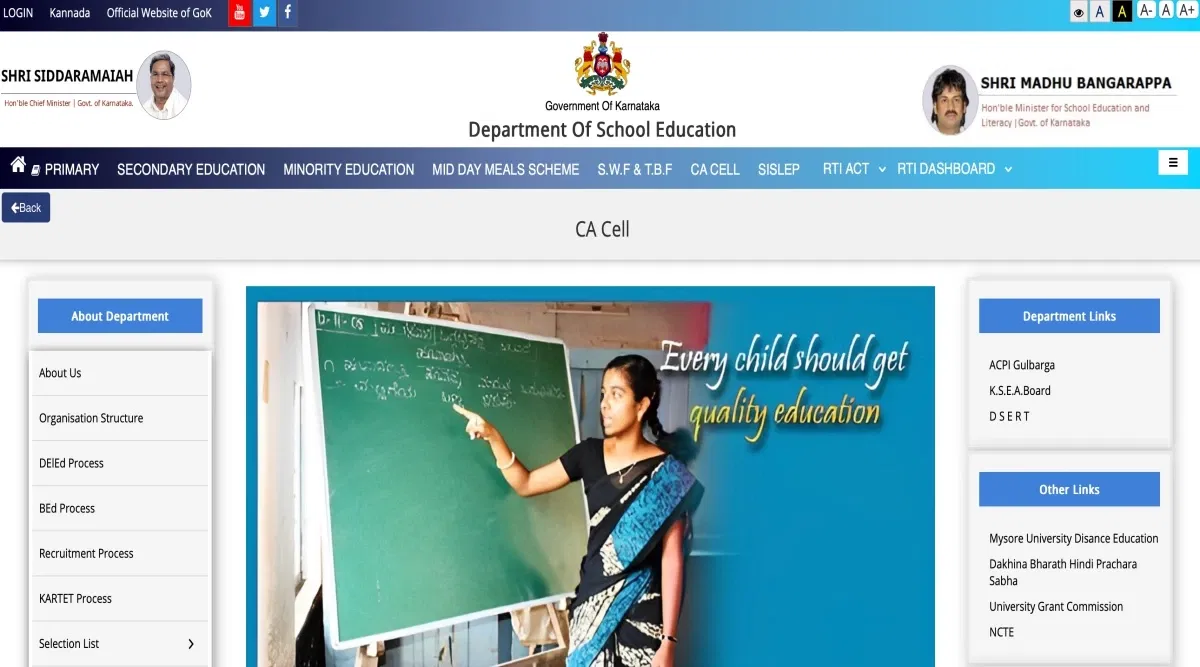
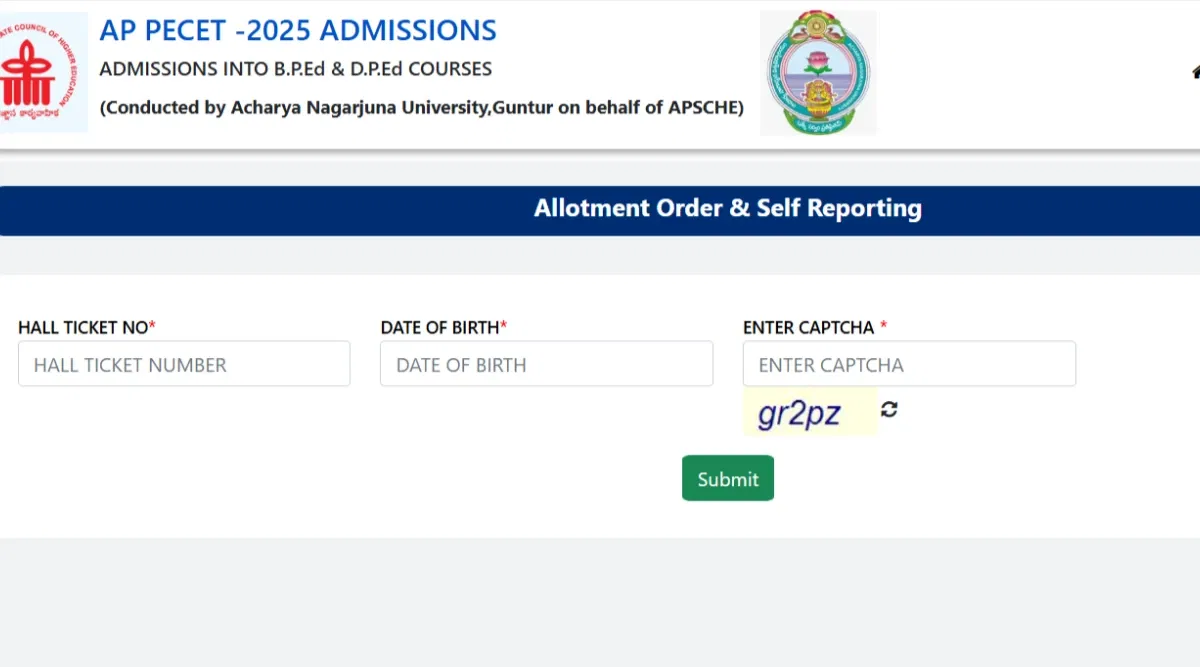
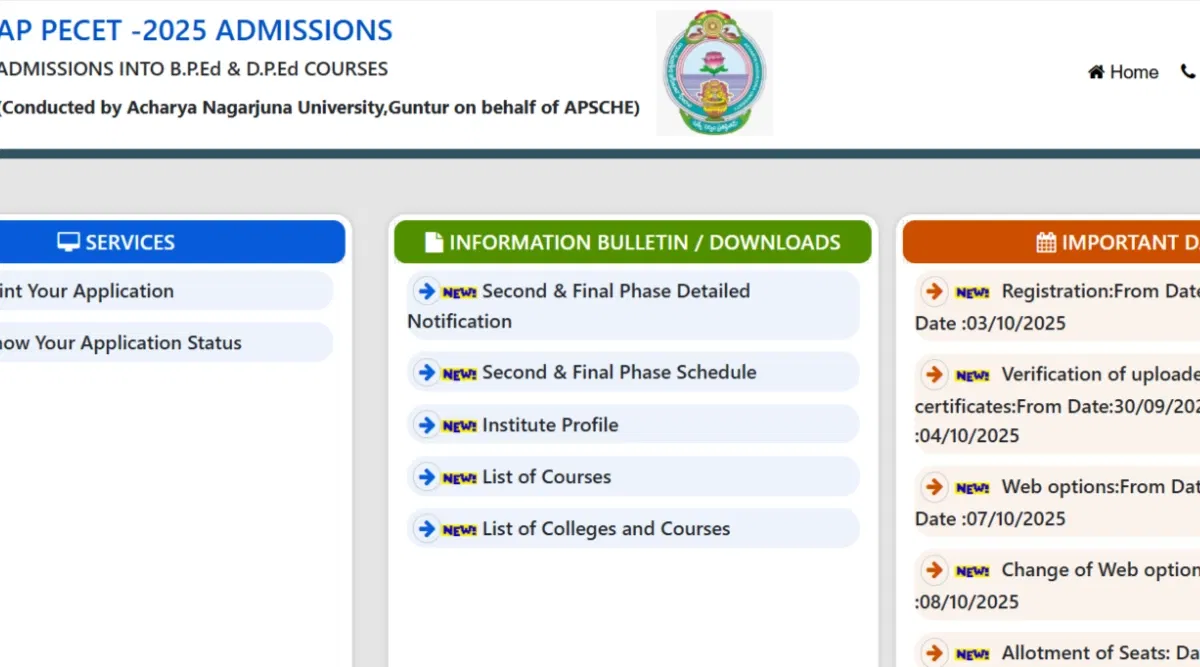
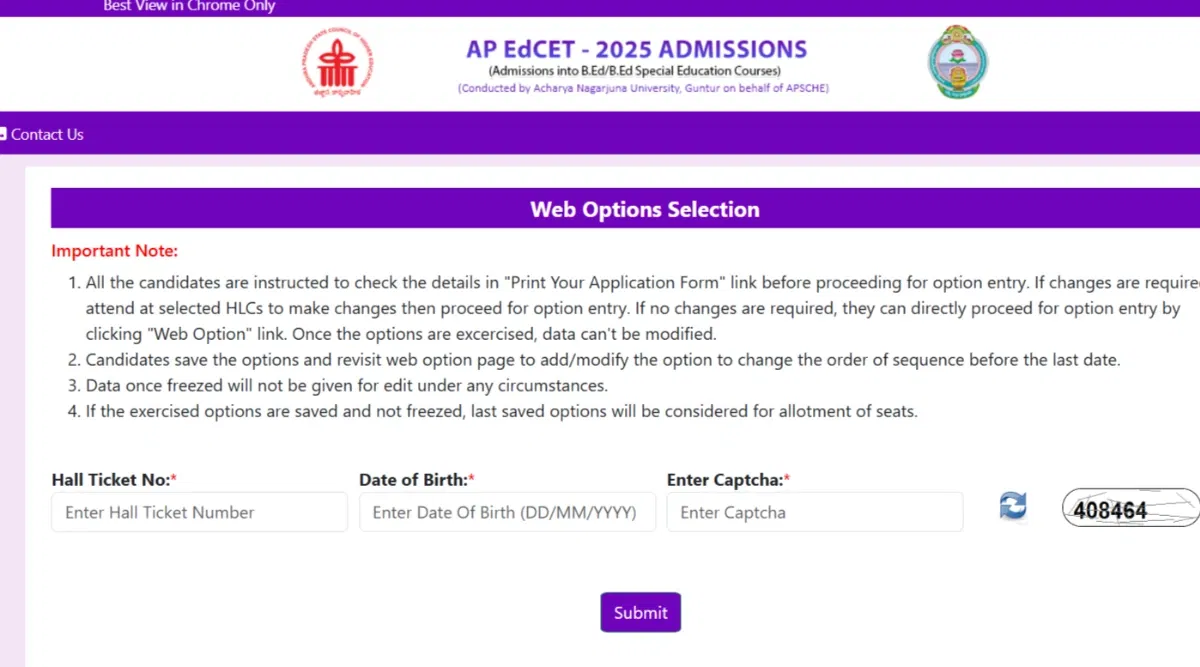
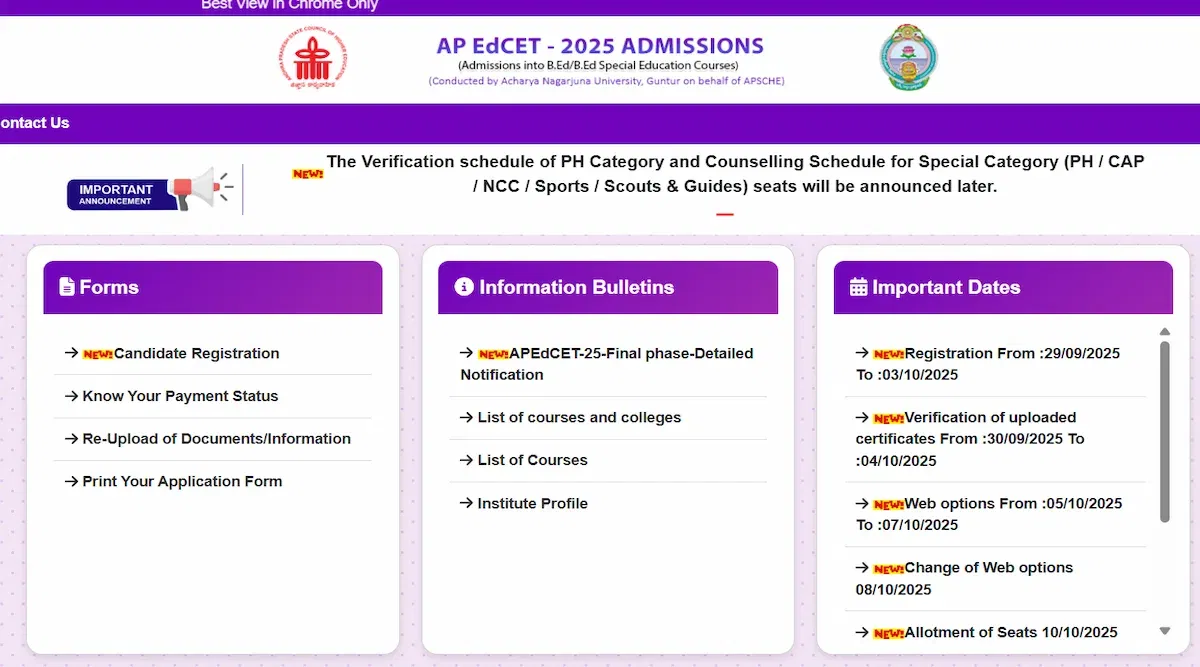
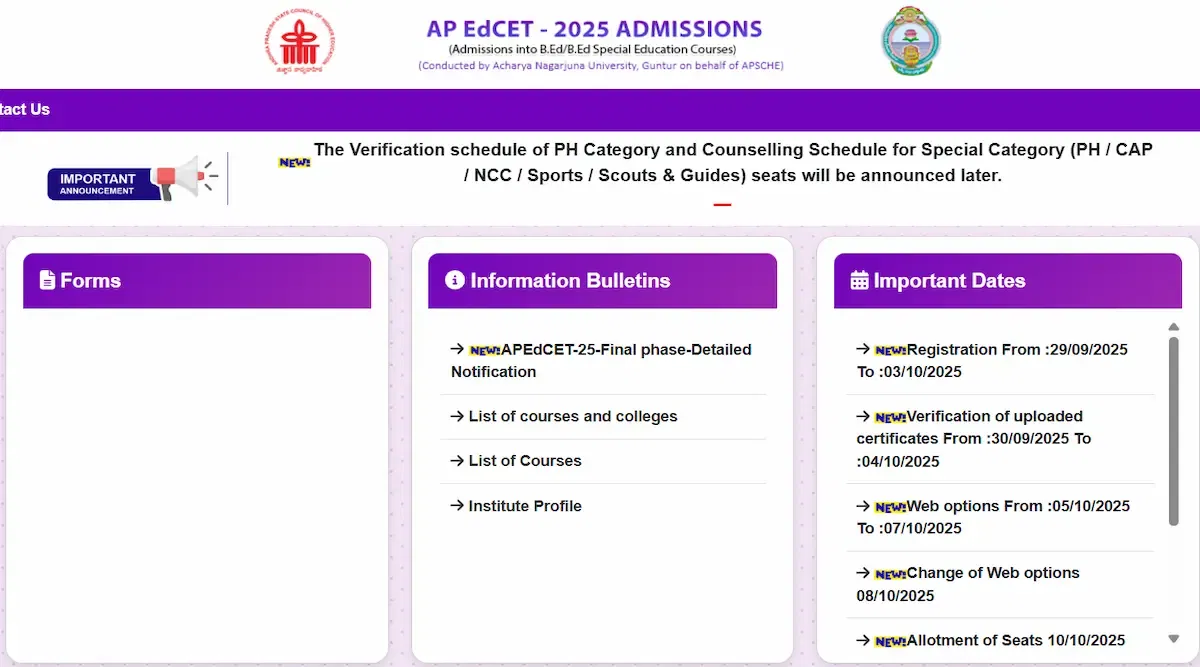

POST YOUR COMMENT